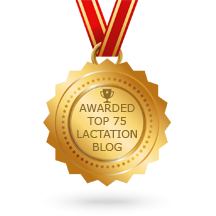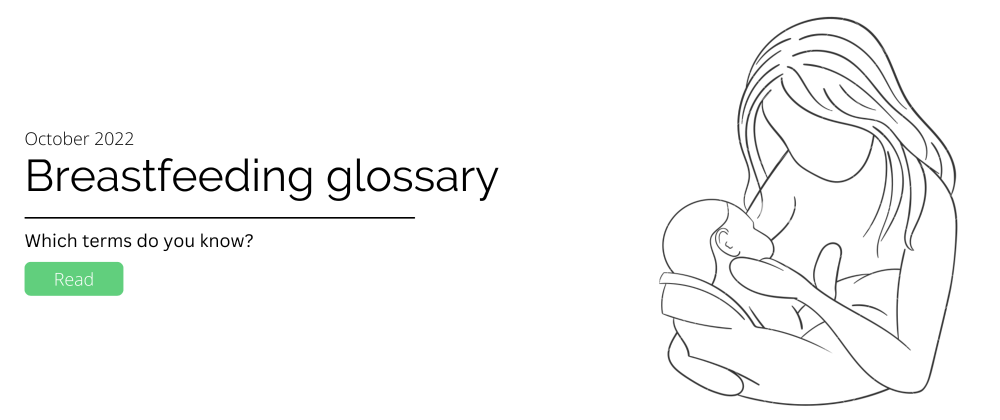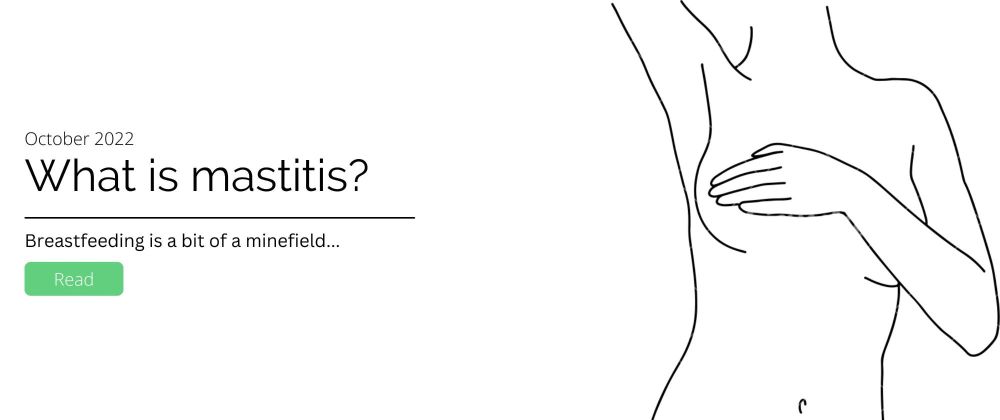A quick round up of some essential breastfeeding terms, perfect for new breastfeeding mums:
The dark, round area that surrounds your nipple.
When the milk ducts become clogged or blocked and milk is unable to flow freely. This condition may lead to mastitis if left unresolved.
A specially designed machine that draws breast milk from the breast using suction. There are a few different types of breast pumps available:
Small absorbent pads that can be tucked inside a bra to help absorb any leaked breast milk to prevent this seeping through to your top. You can buy disposable or reusable breast pads, have a look at our reusable bamboo ones here.
A thick, creamy, yellow substance that is produced by the breast post birth and for the first 3 or so days after the baby is born. This is the baby’s first feed/s and is jam packed with valuable nutrients and immune boosting enzymes designed to give the baby the best start in life.
When your baby wants a lot of food in a short amount of time. Usually occurs prior to a growth spurt.
When the breast becomes sore, swollen and feel very firm. This is a result of the breasts being overfull. This can occur at any time during breastfeeding; most often within the 36 hours after delivery when milk supply is being established or when mums first wake up in the morning if their babies don’t feed at night
When you pump or hand express to produce breast milk.
Baby is fed when they are hungry. Feeding is not timed to a clock or specific schedule, but to your baby’s appetite.
If you’ve been using a breast pump you might have heard of this one. It fits over your nipple and areola to form a seal, helping to pull milk through your milk ducts and out your nipple.
This is the first milk released by the breast at the beginning of every feed. This milk is much more watery and will quench baby’s thirst.
The 12-week period immediately after you have your baby. Not everyone has heard of it, but every mother and their newborn baby will go through it. It is a time of great physical and emotional change as your baby adjusts to being outside the womb, and you adjust to your new life as a mum.
This is the milk the breast produces during the middle of the feed. It is much thicker and richer and contains the beneficial nutrients and fats that baby needs to develop and grow.
The secretion of breastmilk.
A trained professional who specialises in breastfeeding support.
Extracted from the wool of sheep, this cream has soothing, moisturizing and healing properties and is often used to help ease painful nipples after breastfeeding.
This is the attachment of your baby's mouth to your breast in order to feed. A good latch is important for comfortable and efficient feeding.
Breastfeeding support group
A nickname for breastmilk given because of the high concentration of nutrients contained in it.
This is the initial sensation felt when the milk is released from the breast. Sometimes you can feel it (occasionally it may be painful) and sometimes you can’t.
A painful infection in the breast caused by blocked milk ducts. A woman can become very unwell and suffer from flu-like symptoms and a rash and should seek medical assistance.
When a blocked duct appears close to the skin on your nipple and cells form over the top of it making a bubble or a blister.
When your baby gets distracted and turns his head to look around but he still has your nipple in his mouth and he clamps down so it doesn’t fall out but stretches your nipple and areola area.
A protective plastic cup used to shield the nipple when the baby breastfeeds. Some women use it to aid in protecting the nipple against damage caused by breastfeeding in the early weeks.
A forceful ejection of milk from the breasts during feeding that may cause issues while breastfeeding.
Hormone that is released from your brain when you breastfeed. Oxytocin is also known as the ‘love’ or ‘feel good’ hormone. Oxytocin is important for creating a bond with your baby, decreasing pain and stress in both parent and baby, and helping you recover from childbirth.
Infant reflux occurs when food backs up (refluxes) from a baby's stomach, causing the baby to spit up. Sometimes called gastroesophageal reflux (GER)
The natural instinct of a newborn to try to seek out the breast. You baby will snuffle around your chest looking for milk.
When a mother breastfeeds two children at once.
Thrush is a yeast fungus that often flares up in babies. A possible sign is white patches in your baby’s mouth and fussiness that makes feeding difficult. You and your baby will likely both need to be treated with antifungal medication for thrush since you can pass it back and forth.
A condition where the tissue connecting the baby’s tongue to the floor of the mouth is short and tight. This can restrict a baby’s breastfeeding ability as they may not be able to properly latch. It can be difficult to see if your baby has a tongue tie yourself so it’s worth talking to a lactation consultant to advise on this.
When a baby is weaned from its mothers breast milk and introduced to solid foods.






